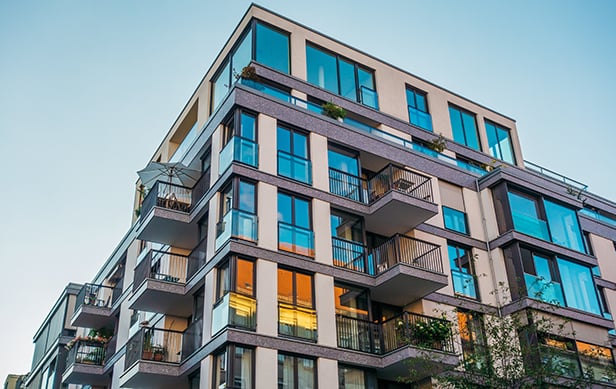Self-service or "customer involvement" services encourage--or in some situations require--customers to perform services themselves. It's ubiquitous at gas stations, grocery stores and at banks via automatic teller machines (ATM). But as the technologies improve, self-service is moving beyond those basic services.
Fujitsu, for instance, is one of several manufacturers that recently launched a cashier assisted self-service checkout option. It says its Hypermarket U-Scan Genesis Payment Station "combines the best features of self and full-service checkout" options.
It enables customers to unload products onto a cashier-operated conveyor so the cashier can scan the items and pass the items to a separate area for bagging. Customers pay at a payment station. By splitting transactions into two steps--itemization and paying--customers are pulled forward in the line 40% to 50% faster and spend less time waiting in line, the company boasts.
And just last summer, IBM announced first-of-a-kind self-checkout technology that allows consumers to shop for and check out purchases practically anywhere in a store. It also announced a new release of software to help speed the self-checkout process, a new entry-level kiosk and an expanded global self-service alliance program to reach new markets and industries.
Self-service kiosks in stores can be easily integrated with digital signage, shelf end-caps and retail fixtures to reduce floor space and support visual merchandising. Businesses are turning to kiosks to cut labor costs, increase customer satisfaction and maximize the use of their floor space.
Since four full-lane self-checkout options typically fit into the same space as three conventional lanes, retailers can increase the number of available lanes without increasing the square footage of the space. They can also sell products from virtual inventories. By allowing consumers to order low-turnover items from web-enabled point of sale terminals, they cut the need for both shelf and stock space. In short, self-service can make businesses operate more efficiently in less space--a trend with obvious implications for commercial real estate professionals.
Transactions at self-service kiosks will surpass $607 billion this year in North America as consumers continue to embrace self-service technology and more than triple by 2012 to more than $1.7 trillion, according to a June report from IHL Consulting Group, a retail and hospitality technology research firm.
The IHL study--which includes self-checkout systems, ticketing kiosks, check-in kiosks, food ordering, postal systems and other retail kiosks--affirms the widespread adoption of service-service shopping behavior. According to IHL, 98% of respondents have used self-check out, almost 50% have used it more than five times in the past year and 72% readily accept the technology in the market¬place without any negative connotations."Self checkout gives customers an option that addresses one of the biggest customer issues--faster checkout--and allows retailers to improve labor allocation, leading to greater efficiency," consulting firm Gartner states.
Self-service kiosks are staples in businesses of all kinds, giving consumers the option to order meals, print tickets, pay bills, create photos, download music, rent DVDs, access the Internet and even apply for jobs. And the options and features are growing, experts concur.
- Sephora is using interactive wall-mounted screens to help customers find the right fragrance. The Scentsa Fragrance Finder uses touch-screen technology to enable customers to input their current fragrance and learn about options they might find appealing.
- At Inamo, a central London restaurant, the tables double as large, interactive computer screens. Customers can order from an illustrated menu, pay their bill, call for taxis and play interactive games through the tables.
Dvorchik is general manager of the KioskCom Self Service Expo and the Digital Signage Shows, which will be held Oct. 1 and 2 in London and Oct. 15 and 16 at the Jacob Javits Convention Center in New York City. The trade shows are designed to provide strategic, marketing and technical solutions to organizations utilizing or looking to utilize self-service technology solutions.
Electronic kiosks are an investment, something few retailers would consider cheap. The price depends the make and model a business buys or rents, as well as the number of units ordered. But a random check of suppliers indicates business can expect to pay about $10,000 for a fully loaded, installed touch screen kiosk with a keyboard, printer, and popular features like a card reader and bill validator.
But buying kiosks apparently pays off. Greg Buzek, president, IHL Consulting Group, says, "Our research shows that retailers that have embraced self-service technologies are redeploying labor to key profit areas, improving customer service with more lanes and improving profitability by increasing the number of profitable transactions." Norma Wolcott, an IBM business-line executive of consumer-service solutions, and Chris Fletcher, research director for AMR Research, estimate 40% of retailers will increase self-service spending in 2008 by an average of 17%.
© 2025 ALM Global, LLC, All Rights Reserved. Request academic re-use from www.copyright.com. All other uses, submit a request to [email protected]. For more information visit Asset & Logo Licensing.







